Drainage
Residential and Commercial drainage solutions
Stormwater and groundwater management are of utmost importance as they play a crucial role in protecting people, property and the environment. The inability to effectively manage stormwater and groundwater can result in a plethora of problems such as flooding, erosion, and pollution of waterways, to mention a few. It is important to note that, during heavy rainfall, water can overwhelm infrastructure leading to overflow onto pedestrian areas and roadways causing potential harm and damage. To avoid this, it is essential to have a well-designed and proficient commercial drainage system in place. A commercial drainage system will not only help to prevent flooding but also enhance the overall infrastructure of the area. Properly managing stormwater and groundwater will ensure that the environment around us remains healthy and clean, protecting us from the negative implications of environmental degradation.

Catch Basins
Drain Grates
Pipe & Fittings
Erosion Control
Services
- Irrigation Design
- Competitive pricing
- Technical Support
- Product variety
- Annual training classes
- Multiple branch locations
- Professional sales support
- Delivery services
- Contractor referrals
- Job estimating
- Central control support
Frequently Asked Questions
Drainage products are components and systems designed to manage and direct the flow of excess water in landscapes. Proper drainage is crucial for maintaining the health and integrity of landscaped areas. It prevents waterlogging, soil erosion, and root rot, which can all lead to plant stress and even death. Drainage products are essential in ensuring that water is efficiently channeled away from surfaces and plant roots, safeguarding the overall health and longevity of the landscape.
Various drainage products are commonly used in landscaping to address different drainage needs:
- French Drains: Perforated pipes or channels installed underground to redirect excess water away from the surface.
- Catch Basins: Collection points for surface water, directing it into the drainage system.
- Grates and Emitters: Coverings for drainage channels and pipes that allow water to flow while preventing debris from entering the system.
- Trench Drains: Linear drains that collect and channel water along paved surfaces, preventing water buildup.
- Stormwater Chambers: Underground chambers that temporarily store stormwater and release it slowly to prevent flooding.
- Dry Wells: Underground storage systems that collect and disperse excess water into the surrounding soil.
Selecting the appropriate drainage products depends on several factors:
- Drainage Needs: Assess the drainage requirements of the landscape, considering factors such as soil type, slope, and local rainfall patterns.
- Project Size: The size of the landscaped area will determine the capacity and quantity of drainage products needed.
- Surface Material: Different drainage products are suitable for various surface materials, such as gravel, concrete, or grass.
- Budget: Consider your budget constraints while balancing the need for effective drainage solutions.
Several challenges may arise in drainage systems, but proactive measures can prevent or address them effectively:
- Clogging: Regularly inspect and clean grates, emitters, and catch basins to prevent clogging from debris or vegetation.
- Slope Issues: Ensure proper grading and slope to facilitate water flow towards drainage points.
- Sediment Accumulation: Install sediment filters to prevent sediment buildup within drainage pipes and channels.
- Frost Heave: In colder climates, consider using frost-resistant materials to prevent damage during freezing and thawing cycles.
- Inadequate Capacity: Ensure that the drainage system can handle the expected volume of water during heavy rainfall or storms.
Yes, drainage and irrigation systems can often work together to create a balanced and sustainable landscape. Proper drainage prevents waterlogging, ensuring that plants receive adequate oxygen and reducing the risk of root rot. Additionally, a well-designed drainage system can help collect and store excess rainwater, which can then be used for irrigation purposes during dry spells. Integrating drainage and irrigation systems requires careful planning and coordination to optimize water usage and promote a healthy landscape environment.
When considering drainage products for your landscaping project, consult with drainage and irrigation experts to design a comprehensive system that meets your specific needs and provides efficient water management.
Local Service, National Resources
Heritage Landscape Supply Group is the best network of independent landscape supply distributors in the US, united by a shared vision to provide exceptional customer service, to carry the best products from top manufacturers, and to help every customer grow their business.




